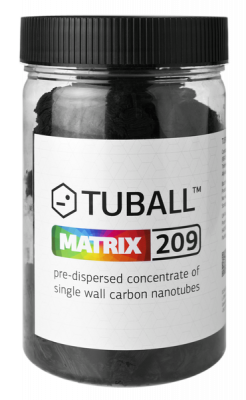
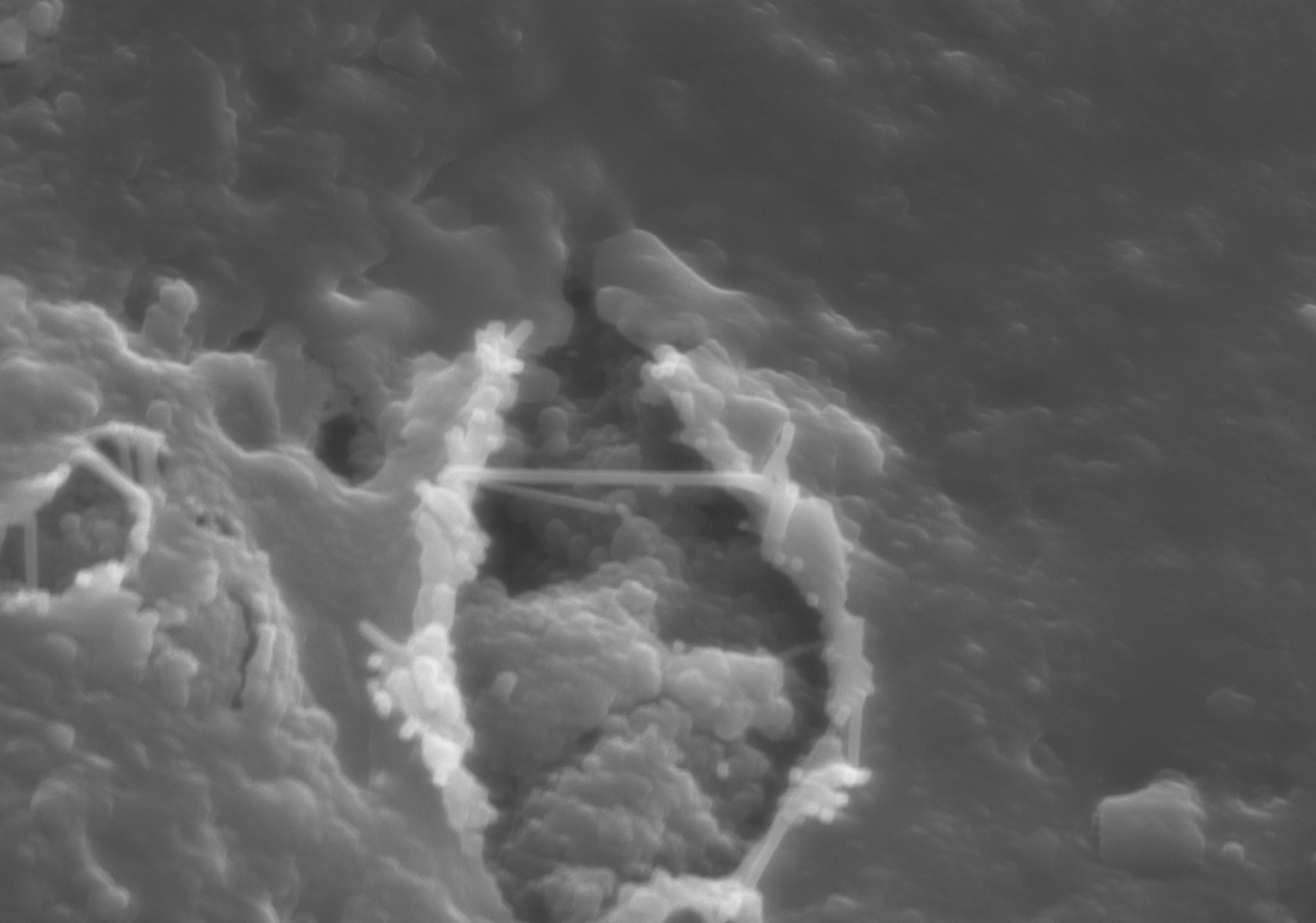
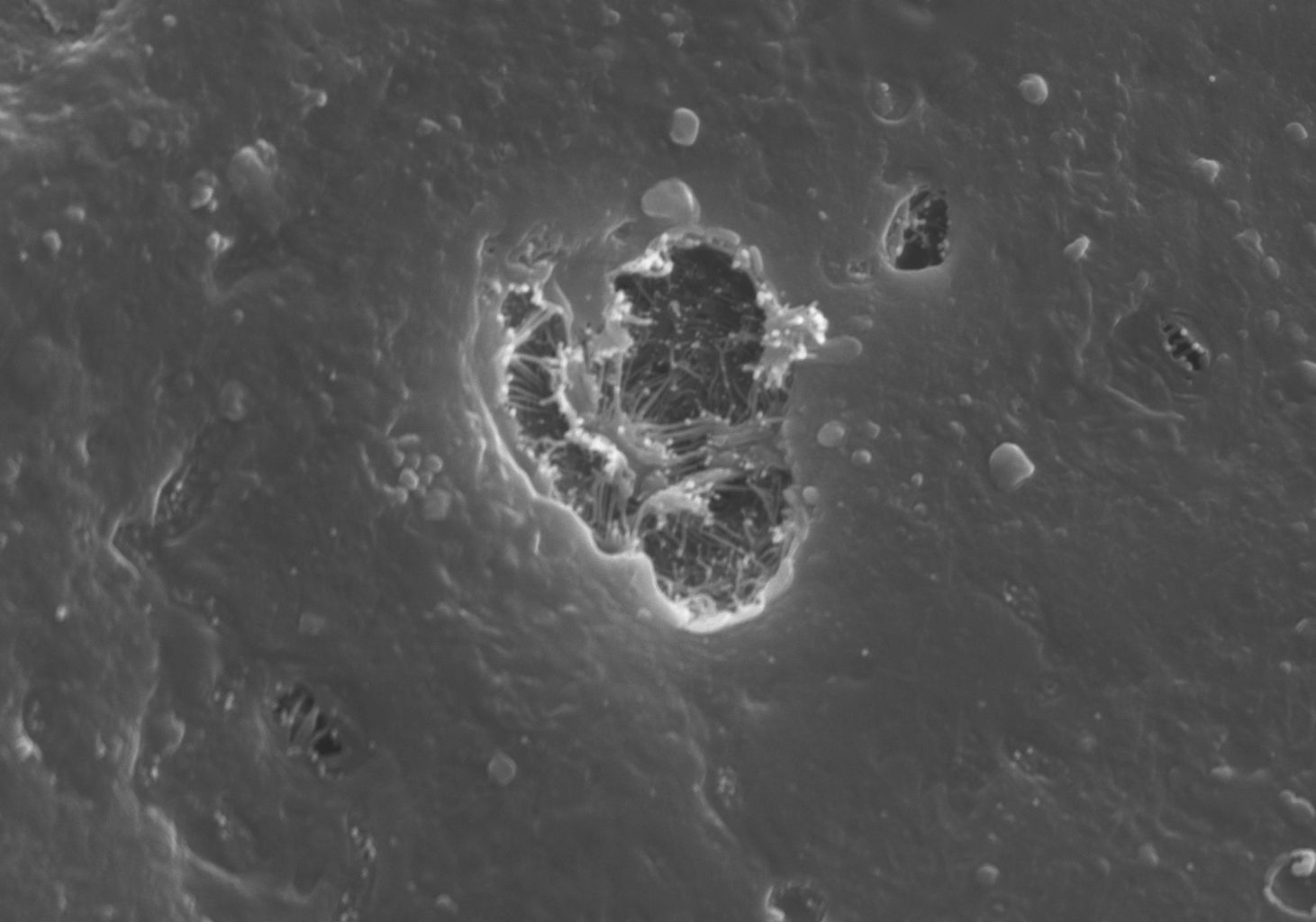
Aditivo conductivo para PU aromático y alifático sin disolventes (poliéster, poliéter, TDI/MDI, otros) y sistemas fenólicos. Se utiliza ampliamente para revestimientos de PU y elastómeros fundidos. Fácil de diluir en comparación con TUBALL™ MATRIX 202
Ventajas
Forma un revestimiento con un amplio rango de propiedades – desde antiestáticas hasta conductivas, garantiza la conductividad eléctrica permanente y homogénea sin ¨puntos ciegos¨.
Las propiedades conductivas son estables y no dependen de la humedad.
Mantiene las propiedades mecánicas del plastisol.
Causa un impacto mínimo en la viscosidad y las características reológicas.
El compuesto previamente dispersado puede aplicarse utilizando los equipos de producción estándar sin que se forme polvo.
Aplicaciones principales
Ejemplos de aplicación
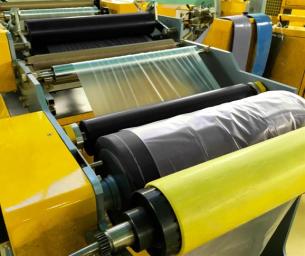
Cilindros de uso industrial
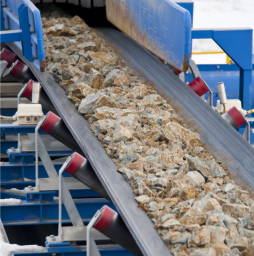
Rodillos de cintas transportadoras
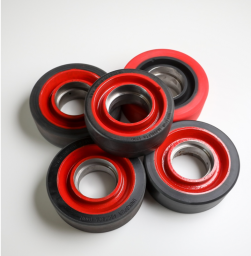
Rodillos industriales
Vídeo
Poliuretano antiestático: revisión de la producción y del nicho de producto con un experto de OCSiAl (eng)
Add anti-static to polyurethane: industrial case with graphene nanotubes